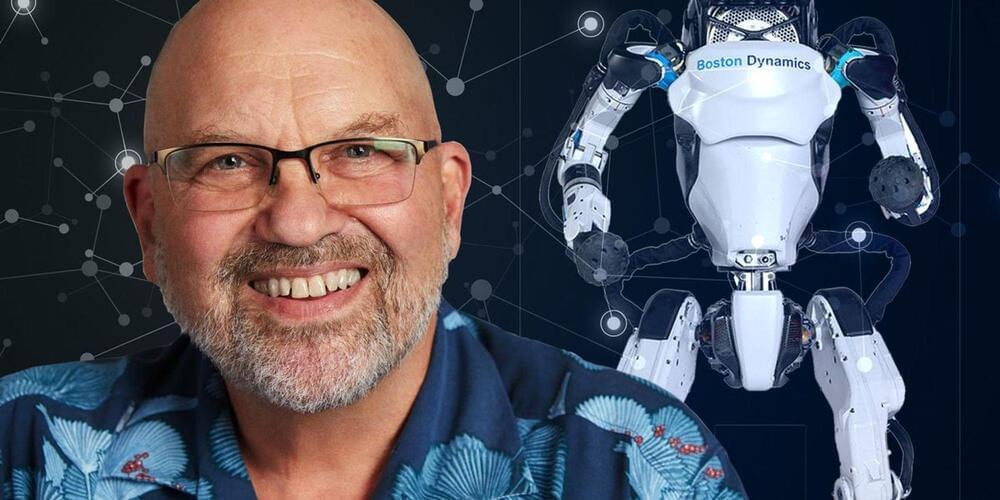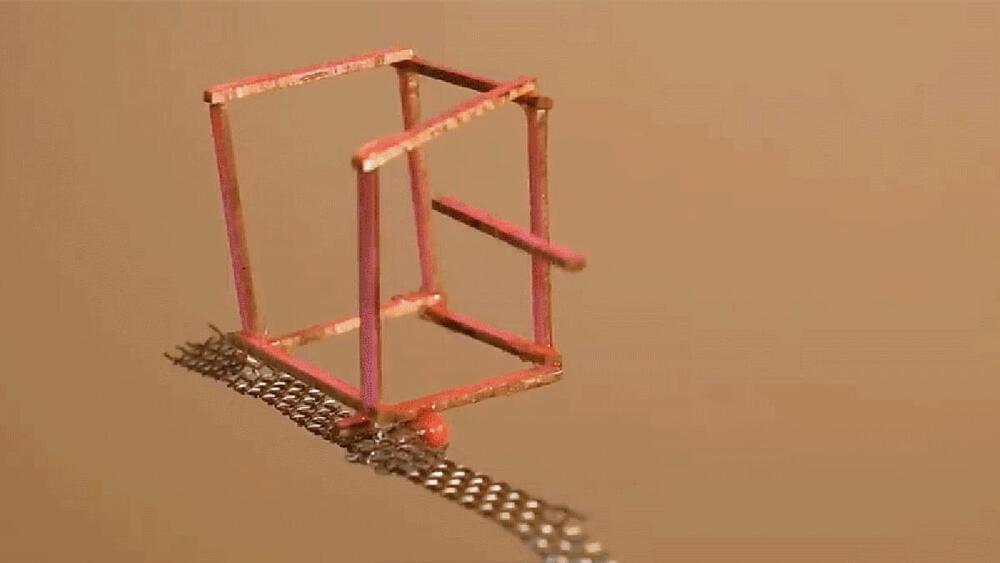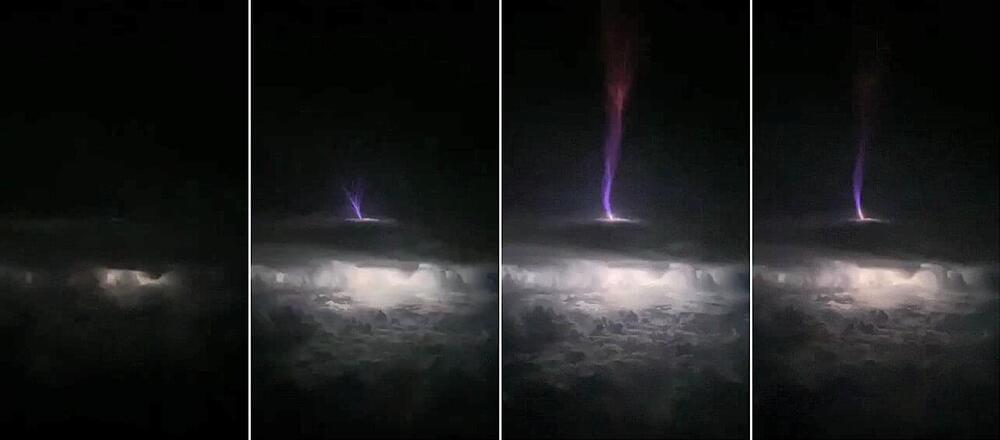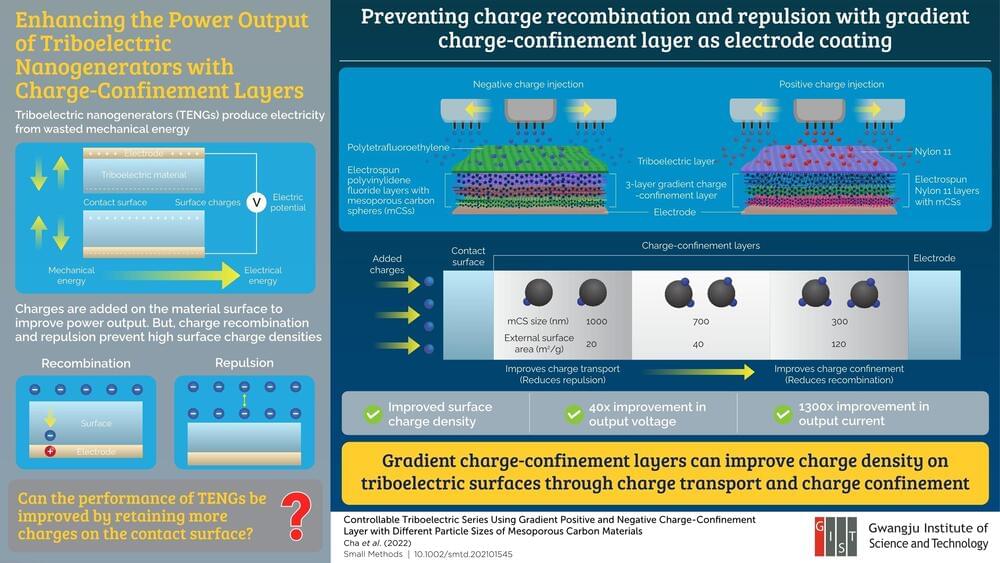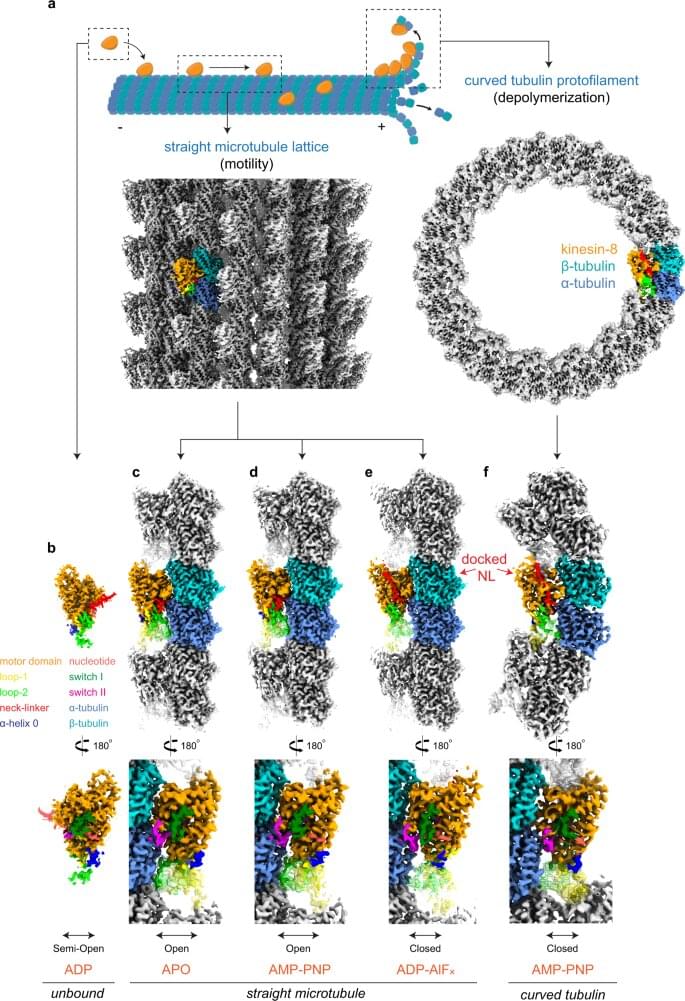Aug 16, 2022
New-and-Improved Content Moderation Tooling
Posted by Kelvin Dafiaghor in categories: education, open access, policy, robotics/AI
To help developers protect their applications against possible misuse, we are introducing the faster and more accurate Moderation endpoint. This endpoint provides OpenAI API developers with free access to GPT-based classifiers that detect undesired content — an instance of using AI systems to assist with human supervision of these systems. We have also released both a technical paper describing our methodology and the dataset used for evaluation.
When given a text input, the Moderation endpoint assesses whether the content is sexual, hateful, violent, or promotes self-harm — content prohibited by our content policy. The endpoint has been trained to be quick, accurate, and to perform robustly across a range of applications. Importantly, this reduces the chances of products “saying” the wrong thing, even when deployed to users at-scale. As a consequence, AI can unlock benefits in sensitive settings, like education, where it could not otherwise be used with confidence.

